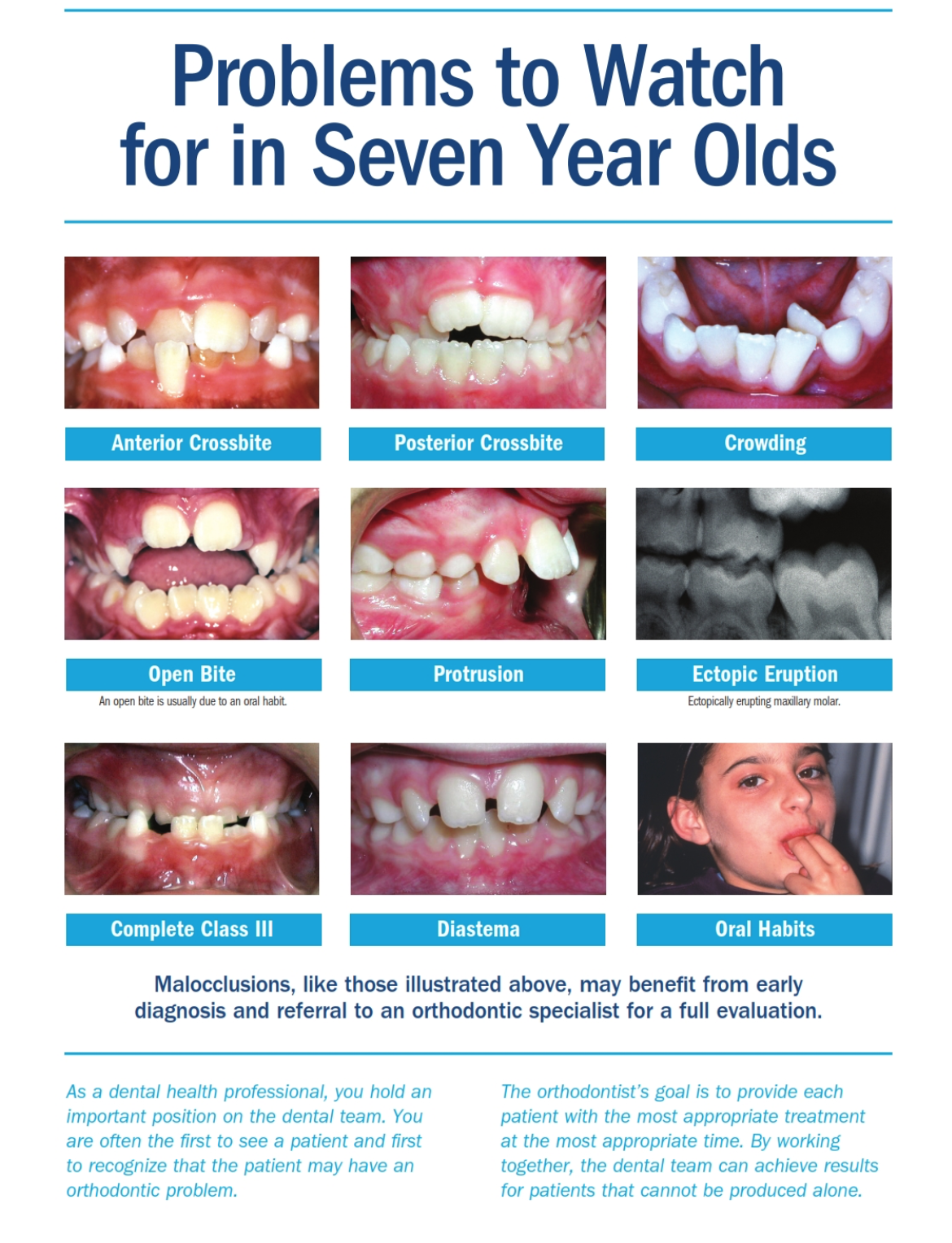Not known Details About Johnson Orthodontics
Wiki Article
Little Known Questions About Johnson Orthodontics.
Table of ContentsFacts About Johnson Orthodontics UncoveredHow Johnson Orthodontics can Save You Time, Stress, and Money.Some Known Factual Statements About Johnson Orthodontics The Best Strategy To Use For Johnson OrthodonticsSome Ideas on Johnson Orthodontics You Need To Know5 Easy Facts About Johnson Orthodontics Explained8 Simple Techniques For Johnson Orthodontics
An orthodontist is a dentist trained to identify, avoid, and deal with teeth and jaw irregularities. Orthodontists work with people of all ages, from kids to adults.All orthodontists are dental professionals, however not all dental professionals are orthodontists. Orthodontic residency programs provide intensive, concentrated instruction for dental experts. They concentrate on two areas: Exactly how to appropriately and securely relocate teeth How to correctly lead development in the teeth, jaw, and faceOnce an orthodontist has actually finished training, they have the alternative to come to be board certified (https://papaly.com/categories/share?id=92c5260dd37349f2814276f9c66d37d7).
The 6-Minute Rule for Johnson Orthodontics
Malocclusion leads to tooth congestion, a twisted jaw, or irregular bite patterns. Malocclusion is normally treated with: Your orthodontist affixes steel, ceramic, or plastic square bonds to your teeth.
If you have only small malocclusion, you might be able to make use of clear braces, called aligners, instead of standard braces. Some individuals require a headwear to help relocate teeth right into line with stress from outside the mouth. After braces or aligners, you'll need to put on a retainer. A retainer is a personalized device that maintains your teeth in area.

They're usually made use of on kids. They can create additional room in the mouth without needing to pull teeth. If you have a major underbite or overbite, you may need orthognathic surgical procedure (also called orthodontic surgical procedure) to extend or shorten your jaw. Orthodontists make use of wires, medical screws, or plates to support your jaw bone.
Not known Facts About Johnson Orthodontics
During your initial orthodontic assessment, you'll likely have: A dental examPhotos taken of your face and smileDental X-raysPanoramic (360 degree) X-rays of your face and headImpressions to produce molds of your teethThese tests will help your orthodontist know just how to continue with your treatment. An orthodontist is a dentist that's had training to treat your teeth and jaw.An orthodontist is concentrated on your bite, so something like a damaged tooth would be taken care of by a dental practitioner. Orthodontists are concentrated on your bite, or the means your teeth fit together, and the straightness of your teeth.
Ever before wondered exactly how stars always seem to have flawlessly lined up teeth? The answer frequently lies in the skilled hands of an orthodontist. What precisely does an orthodontist do? Orthodontists are oral professionals that focus on correcting irregularities in the teeth and jaws. Their competence exceeds just creating a beautiful smile; it reaches enhancing your total oral health and function.
Unknown Facts About Johnson Orthodontics

These removable trays are custom-made to progressively move the teeth's position. In instances of narrow jaws, palatal expanders can be made use of to create area for proper tooth positioning.
The Best Guide To Johnson Orthodontics
While achieving a gorgeous smile is an all-natural perk of orthodontic therapy, the benefits extend much beyond aesthetic appeals. Appropriately aligned teeth and a balanced bite contribute to improved dental health in several ways: Straight teeth are simpler to clean up, which helps protect against dental caries and periodontal disease. A correct bite enables efficient chewing, which helps in digestion and overall intestine health and wellness.What is the difference in between a dental expert and an orthodontist? All dental experts, including orthodontists, deal with the teeth, periodontals, jaw and you can look here nerves.
Orthodontists and dental practitioners both provide oral take care of clients. Orthodontists can operate in an oral workplace and offer the same therapies as various other dental practitioners. You can assume of both doctors that treat gum tissue and teeth problems. The primary difference is that becoming an orthodontist requires a specific specialty in dealing with the misalignment of the teeth and jaw.
An Unbiased View of Johnson Orthodontics
An orthodontist is a dental professional that has actually undertaken training to specialize in the medical diagnosis, avoidance and treatment of abnormalities in the jaw and teeth. Their training consists of dealing with these existing problems (mentor orthodontist). They can likewise determine prospective problems in teeth alignment that may create when problems are left unattended. Orthodontists can help people of any ages.This consists of all the necessary education to become a basic dental professional. According to the American Student Dental Organization (ASDA), it implies you will require to have either a Doctor of Medication in Dentistry (DMD) or a Doctor of Oral Surgery (DDS). Simply put, orthodontists require to complete dental school and afterwards get an orthodontics specialty education and learning.
The 6-Minute Rule for Johnson Orthodontics

When you have a healthy bite, you can talk, chew and eat properly, thus boosting your lifestyle. Aside from the orthodontist, we usually see assistants dealing with these dental professionals in their centers. So, what is an orthodontist assistant called? They're suitably referred to as orthodontic assistants. They are specialized aides, and are trained to manage dental gear and offer preventative dental healthcare.
Report this wiki page